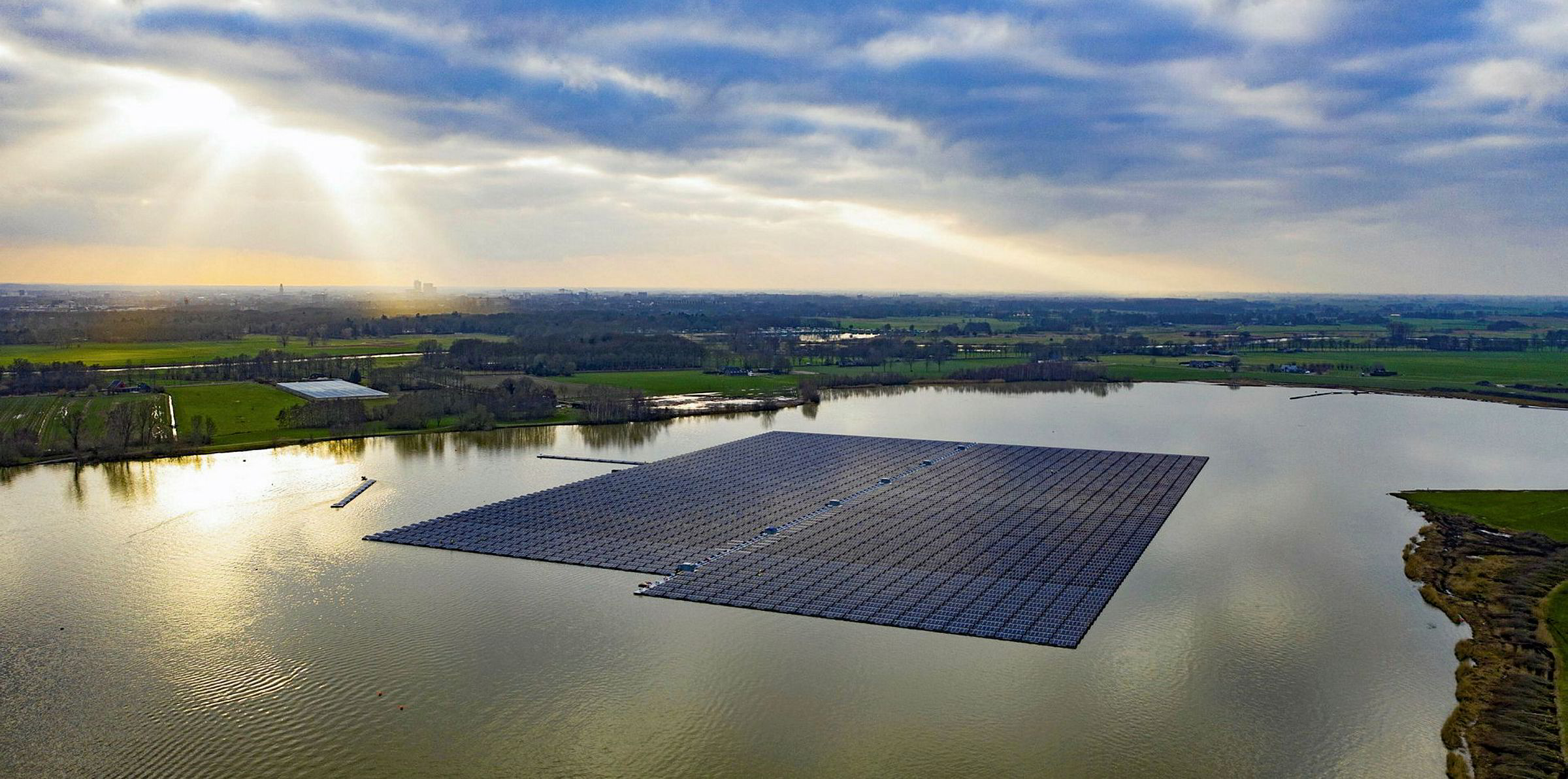Floating Solar Farms: An Asian Innovation Gains Momentum in the U.S.
Read Time 1 mins | Written by: Tom Myers

Floating solar farms are emerging as an innovative way to harness solar energy, particularly beneficial in areas where land is either scarce or expensive. These floating photovoltaic installations also provide extra advantages, such as mitigating water evaporation and curtailing the growth of algae.
China is currently leading the charge in this arena, housing the world's largest floating solar farm within its Anhui province and contributing to half of the global installed capacity. Furthermore, this trend is gaining global traction, with Europe soon to unveil its largest floating solar farm in France.

Despite these promising developments, certain challenges need to be tackled. The higher costs associated with the installation and maintenance of these floating platforms, along with potential environmental impacts, cannot be overlooked. Concerns include possible disruptions to aquatic ecosystems and the yet-to-be-understood long-term effects on water quality and bird populations.
While it's crucial to diversify our renewable energy sources to effectively address climate change, it's equally important to ensure the environmental sustainability of such innovations. Floating solar farms hold significant potential, but they also warrant further studies and research to confirm their long-term viability.
For a deeper dive into this fascinating trend of floating solar farms and to gain further insights on the topic, check out AP News’s article.
Read more here.